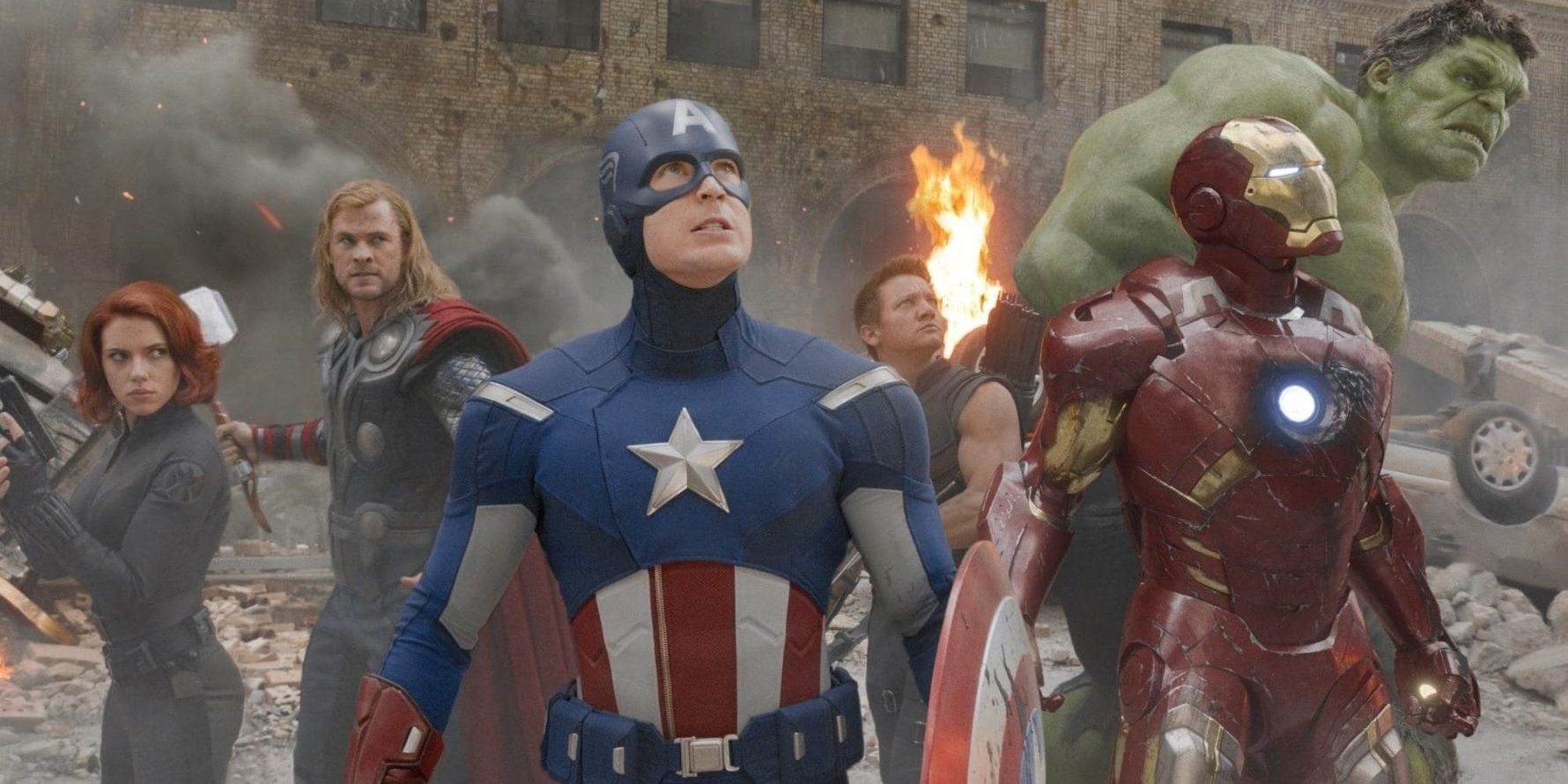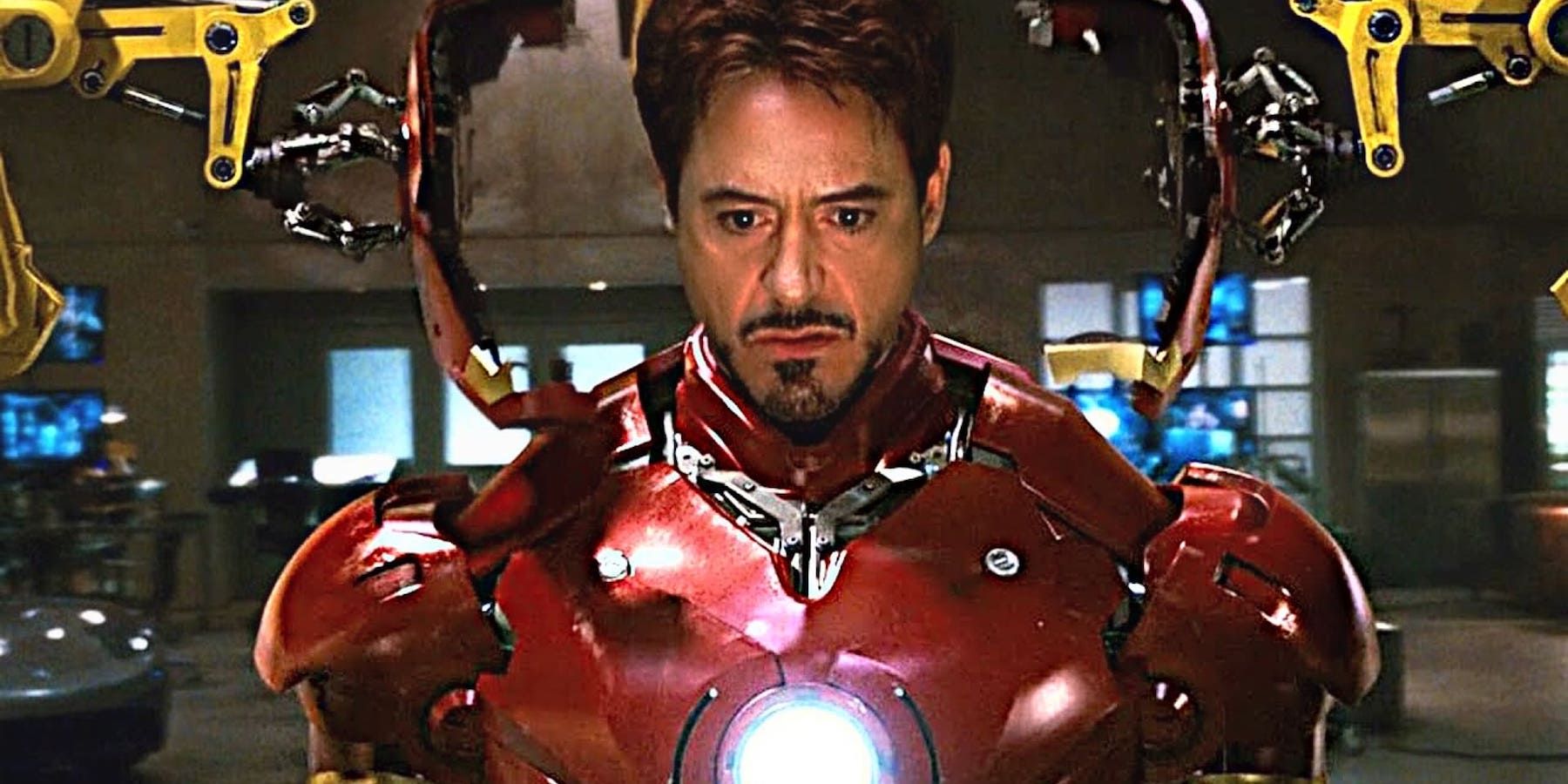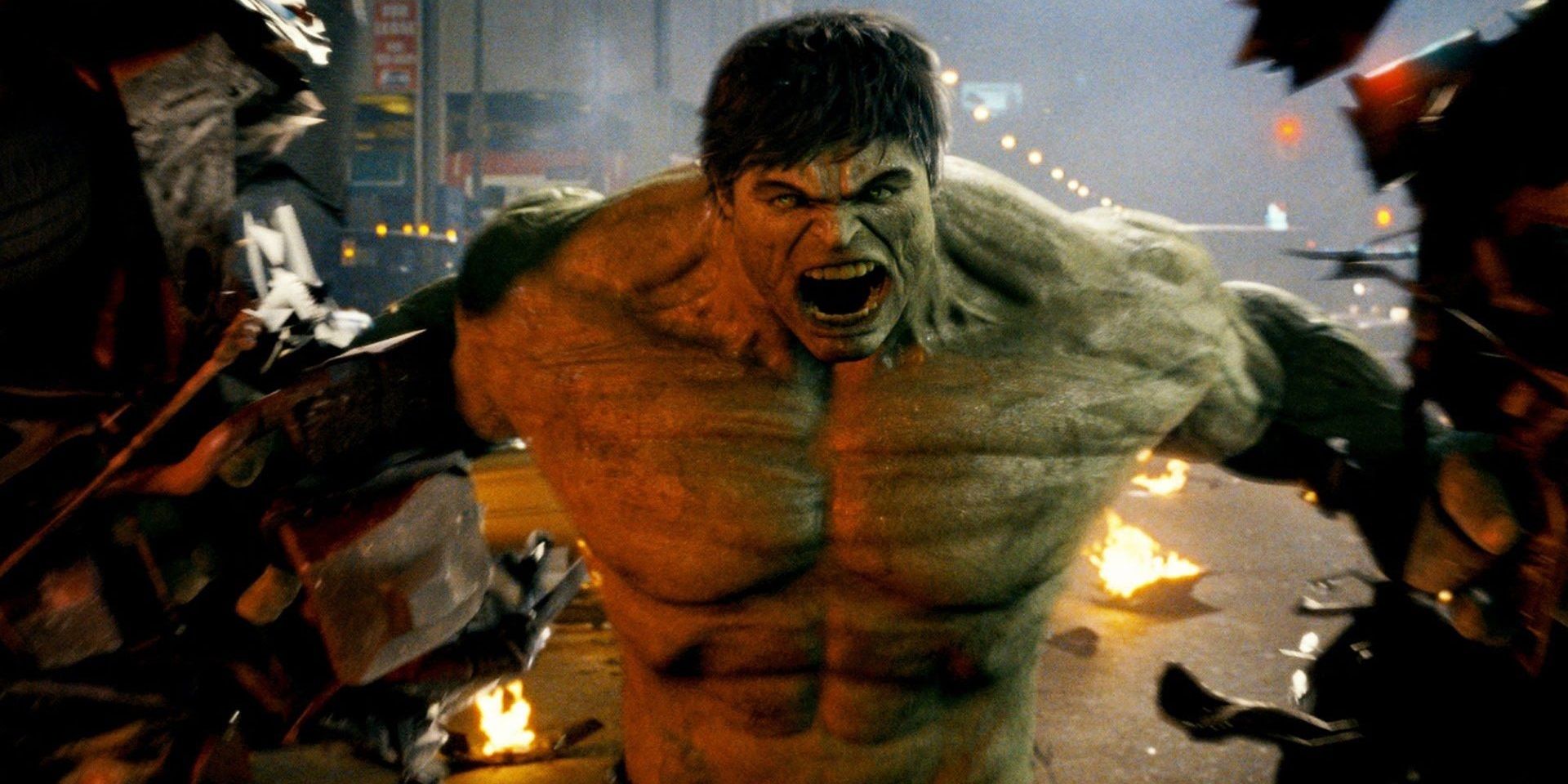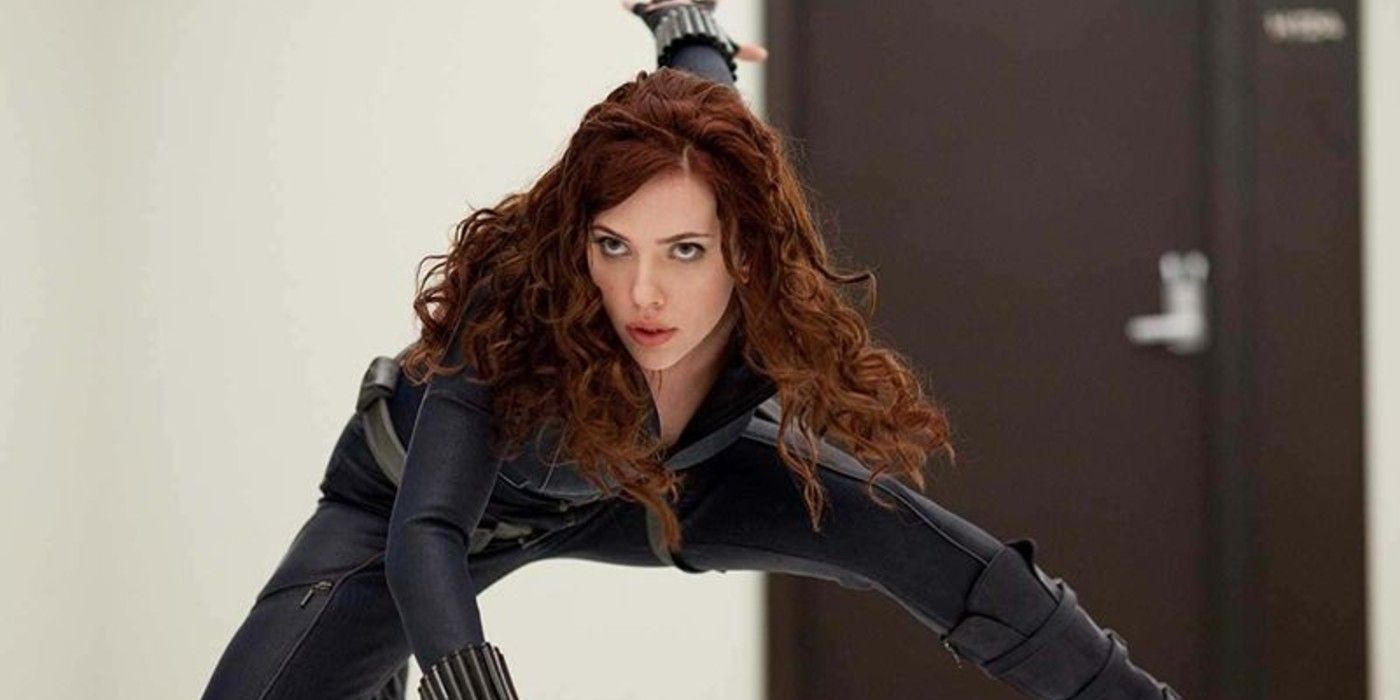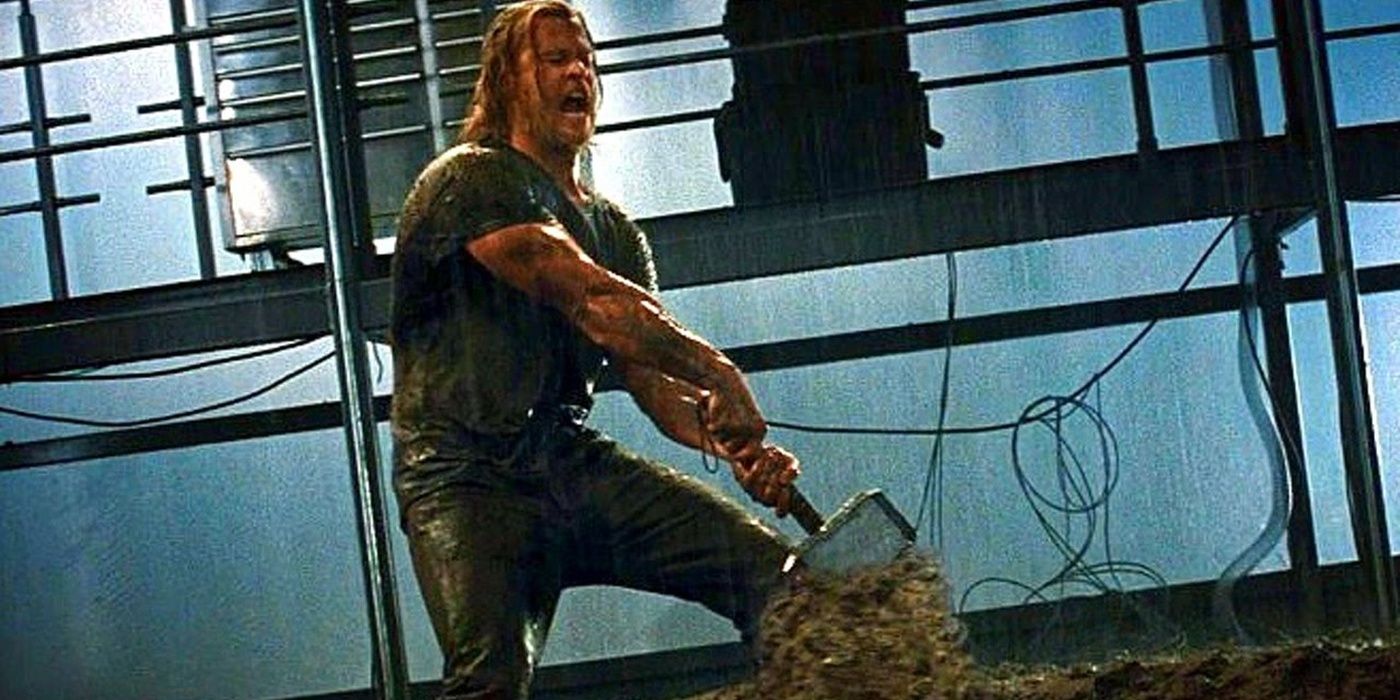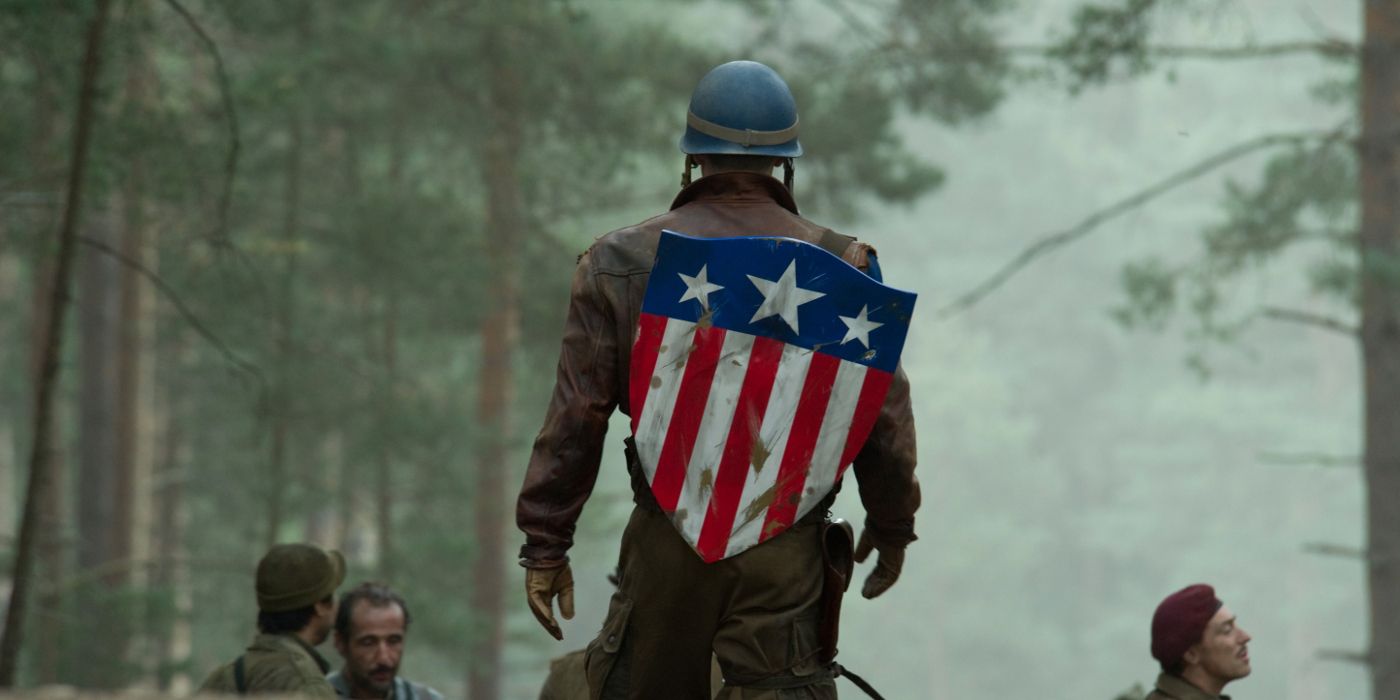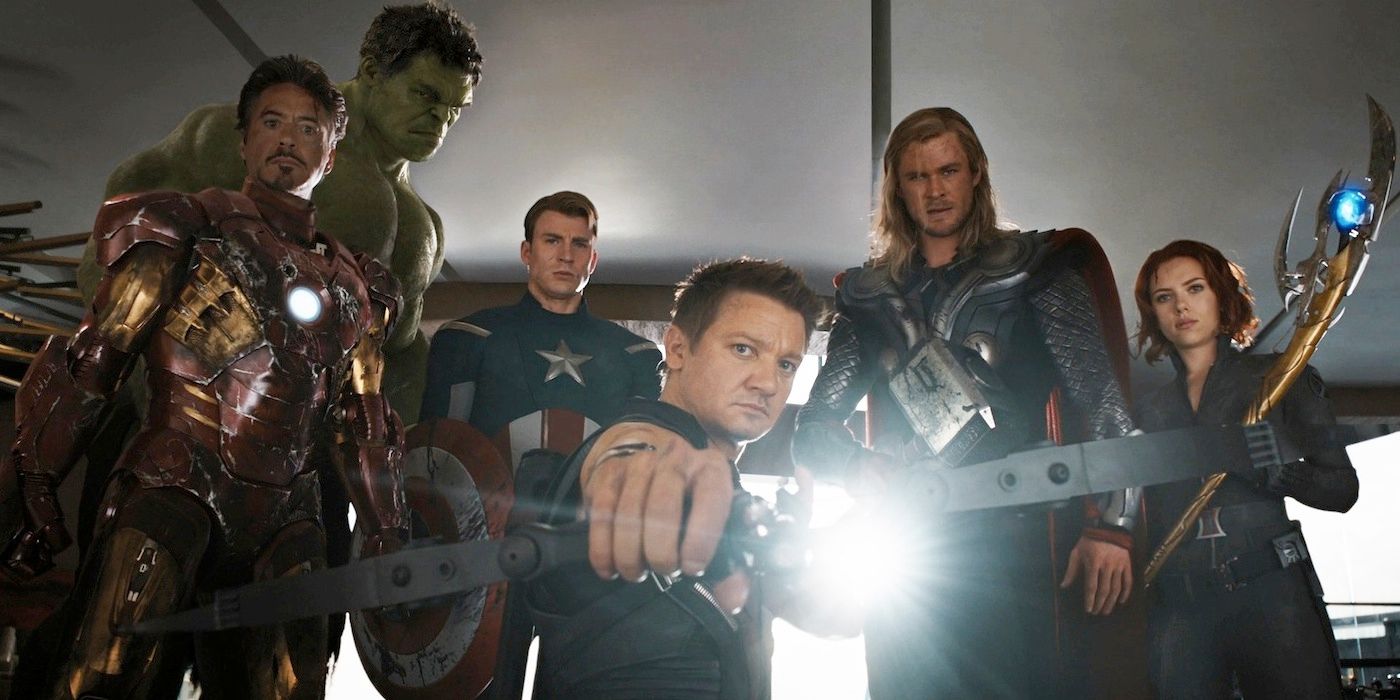MCU Phase 1 started in stride with the franchise's first six movies, but so much time has passed since the beginning of the saga that it's easy to forget exactly what it actually accomplished. Not only did early Marvel Studios movies like Iron Man and Thor introduce their respective characters, but they set in motion a plan that is still coming to fruition as the MCU slides into Phase 5. Furthermore, the MCU's first six movies introduced the idea of a shared universe and helped kick off a comic book movie boom that shattered box office records and changed the entire perception of what a blockbuster could be.
Starting with the release of Iron Man in 2008, the creators at Marvel Studios wasted no time in making it clear that they had big plans for their comic book movie universe. Some of the best MCU movies were released during Phase 1, and each installment was not only an excellent stand-alone story but also featured crossovers and cameos that hinted at something much larger on the horizon. A massive Avengers team-up was teased repeatedly, and even upcoming MCU movies and TV shows operate on a similar principle that every part of the franchise lives to serve a much larger story being told through the phases.
What Was The Plan For MCU Phase 1?
The entire purpose of MCU Phase 1 was to put the pieces in place so that the Avengers could be assembled. Mimicking early versions of the team from the comics, the characters of Thor, Iron Man, Captain America, and the Hulk were all necessary pieces for Earth's mightiest heroes to finally come together. While the MCU did disband the Avengers prematurely, the simple brilliance of MCU Phase 1's plan was what hooked many Marvel fans into coming back for more. Drawing from the barest essence of the comics, the MCU was accessible to all and not just die-hard comic book fanatics.
Cohesiveness was necessary when telling the stories of MCU Phase 1, and producer Kevin Feige was a constant force behind each movie, making it feel like its own entity while also fitting into the jigsaw puzzle of the franchise. Though 2008's The Incredible Hulk and 2010's Iron Man 2 weren't critical successes, they featured a fair amount of crossover appeal that made them successful parts of the MCU despite their lackluster quality. Even though Disney didn't distribute most of MCU Phase 1, the eventual partnership between the two studios on The Avengers was a windfall for both and assured that future phases would be even bigger.
Iron Man (2008)
Kicking the MCU off with a bang, 2008's Iron Man was an entirely new type of superhero movie after a series of flops had nearly killed the genre in the mid-2000s. Billionaire Tony Stark's creation of a super powered armor suit was just the sort of origin story that could also serve as the backdrop for the start of a new Marvel film franchise. Wasting no time in establishing the MCU, Iron Man was capped off by a cameo from Samuel L. Jackson as Nick Fury, who recruited the newly minted Iron Man into his Avengers Initiative.
Subtle nods were the way the early MCU operated, and the post-credit sequence was the easiest way for creators to tease the audience that something big was coming. The MCU has retconned some post-credit scenes after the fact, but many of the earliest nods, such as Nick Fury's appearance in Iron Man, turned out to be the right move the first time. Even if they were humorous in nature, the post-credit sequence changed the way that moviegoers experience blockbuster franchise films, and MCU Phase 1 proved it was always worth it to sit through a movie's bloated credits.
The Incredible Hulk (2008)
Released a little over a month after Iron Man, The Incredible Hulk was the MCU's first stumble. Dr. Bruce Banner's gamma irradiated rampages were as bombastic as the action in Iron Man, but the second MCU installment's story lacked the same intrigue, and it was anything but a critical success. There has never been another Hulk MCU movie, but that is due to a complicated legal issue regarding the character's film rights and not the failings of this particular movie. Tony Stark's cameo at the end of The Incredible Hulk did show that the movie wasn't a total waste, offering another tease of a shared universe that was bubbling up.
Iron Man 2 (2010)
After no MCU releases in 2009, the next year brought Iron Man 2, Marvel Studios' first sequel. Without an origin story to rely on, Tony Stark's clash with the government trying to take away his tech was a downgrade from the previous installment, but it still fits cleanly within the MCU's Iron Man timeline. Iron Man 2 did mark the debut of future Avenger Natasha Romanoff, a.k.a. Black Widow, while its introduction of S.H.I.E.L.D. allowed for further MCU tie-ins, and a series of Easter eggs revealed the movie took place during the events of The Incredible Hulk. Also, its post-credit sequence revealed Thor's hammer, directly tying into the next movie.
Thor (2011)
Thor was the trickiest MCU Phase 1 character to introduce, as his standalone movie had to balance the fantasy aspects of the god with the grounded nature of Marvel Studios' previous releases. Banished to Earth for his misdeeds, Thor being on a quest to prove himself worthy made for great cinema and helped kick MCU Phase 1 into its second gear. Future Avenger Hawkeye made his first appearance during the Thunder god's assault on a S.H.I.E.L.D. base, and Thor's post-credits sequence featured Loki snooping on Nick Fury as he discussed the mysterious Tesseract.
The complete history of the MCU's Tesseract is complicated and convoluted, but its first canonical appearance in Thor was another stepping stone toward the eventual Avengers crossover movie. The glowing blue cube was the MCU's first MacGuffin, and it would quickly become an important cornerstone of Phase 1. While the first four MCU movies did an excellent job of tying themselves together, the Tesseract was part of a much larger story that would eventually culminate in Thanos's rise to power in Avengers: Infinity War during MCU Phase 3. With the Tesseract, MCU Phase 1 was no longer a singular entity, but merely the first act in the epic Infinity Saga.
Captain America: The First Avenger (2011)
Despite being one of Marvel's most iconic heroes, Captain America was introduced during the tail-end of MCU Phase 1. Captain America: The First Avenger had been teased in Iron Man when a version of Captain America's shield appeared in Tony Stark's workshop, and it was obvious that an Avengers movie needed him. The plot centered around the Red Skull's attempt to capture the Tesseract, and the appearance of the MacGuffin from Thor's credits scene immediately helped explain the importance of the cube and firmly establish it in the MCU's ever-expanding timeline. Nick Fury had a cameo, and a teaser scene from The Avengers let viewers know what was coming next.
The Avengers (2012)
MCU Phase 1 culminated with the release of The Avengers, and all the teases and Easter eggs were eventually paid off in the MCU's first massive crossover epic. Though Marvel's original MCU Phase 1 and Avengers plan was different, the final result was a spectacle that managed to top even the greatest successes of what had come before. The team was assembled by Nick Fury to stop Loki after he took possession of the Tesseract, and The Avengers succeeded at establishing stakes that far exceeded the scope of MCU Phase 1. It was important for the capper to the first phase to feel like a climax, and The Avengers certainly did.
Far from being the end of the line though, the finale of MCU Phase 1 also served to introduce subsequent phases, and the appearance of Thanos during The Avengers' post-credits sequence was the tease to end all teases. The brewing Infinity Saga would continue to percolate during the second and third phases of the MCU and would finally be paid off in the Avengers sequels. While the Avengers movies damaged the MCU's future by coming to define the franchise, it is clear from MCU Phase 1's trajectory that the franchise was meant to be built around Earth's mightiest heroes.


